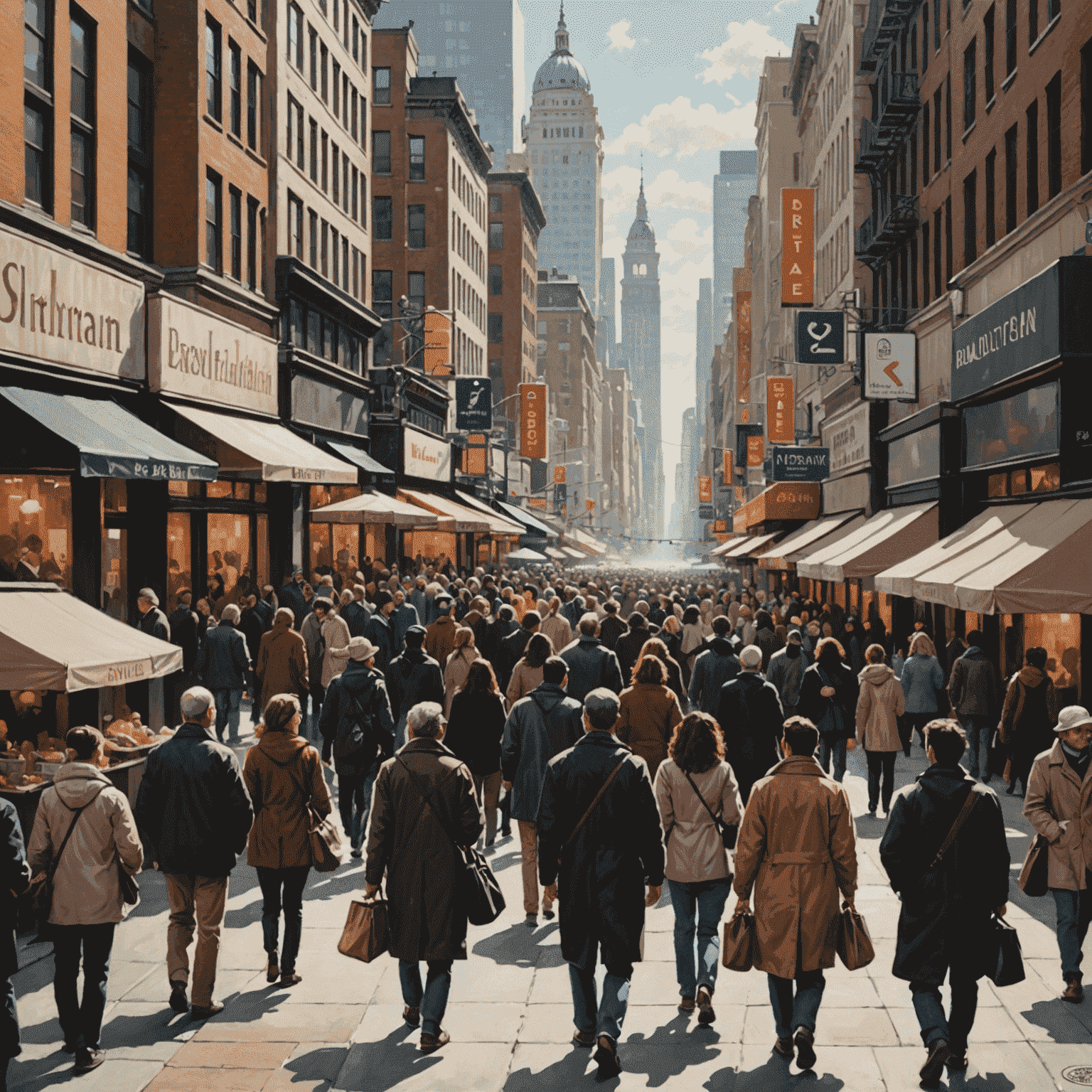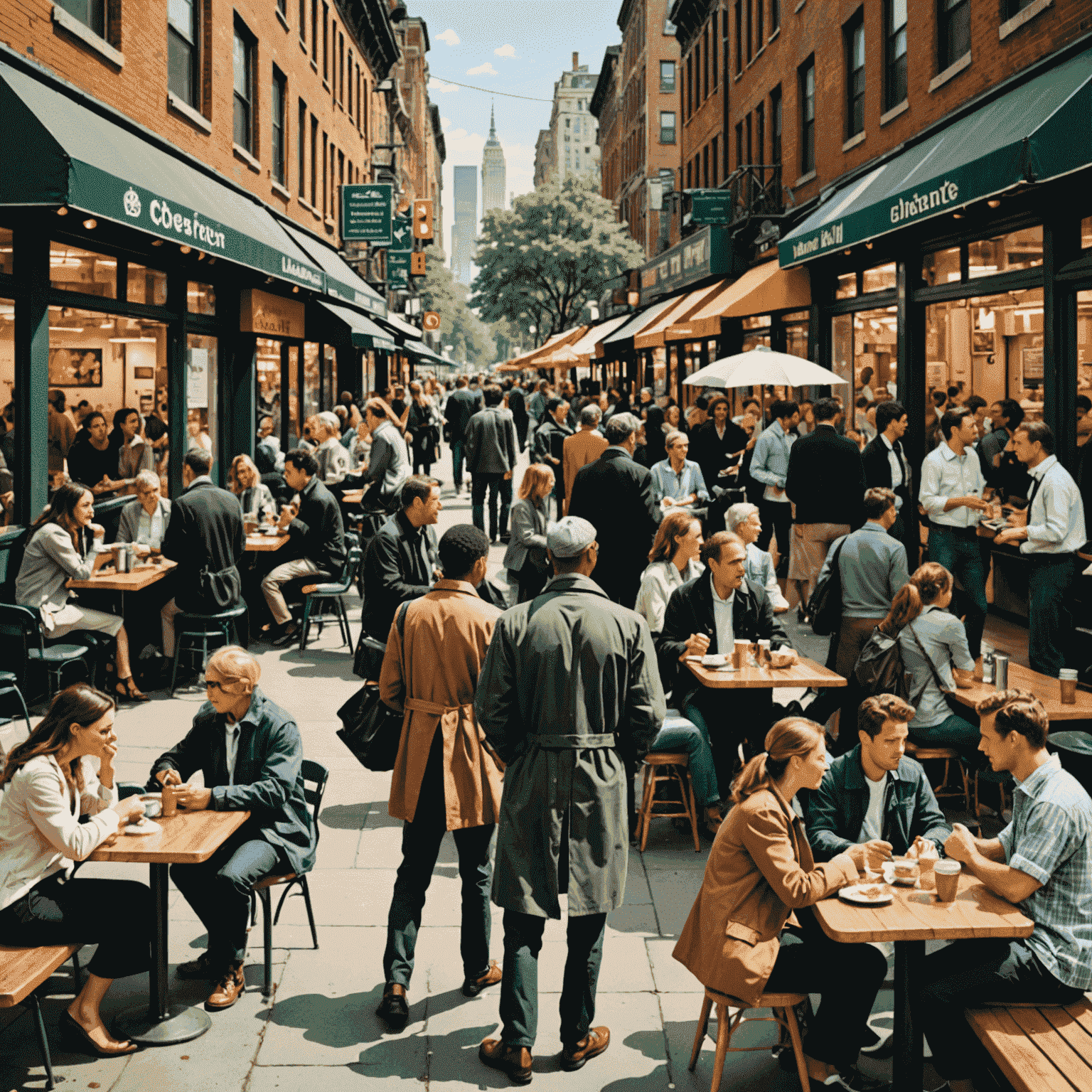Interview: The Art of Dialogue in Crowded Spaces

In the heart of a bustling metropolis, where the cacophony of urban life never ceases, we sat down with acclaimed playwright Olivia Thornton to discuss the intricacies of crafting authentic dialogue amidst the chaos of crowded spaces.
"The city is a living, breathing entity. Its pulse, its rhythm, its very essence is found in the overlapping conversations of strangers passing by. It's this urban symphony that I strive to capture in my work," Thornton explains, her eyes alight with passion.
Capturing the Urban Atmosphere
Thornton's latest play, "Echoes in the Concrete," has been praised for its hyper-realistic portrayal of city life. The dialogue, layered and often simultaneous, mimics the natural ebb and flow of conversations in crowded spaces.
"It's about more than just words," she notes. "It's about the pauses, the interruptions, the background noise that becomes a character in itself. When writing dialogue for crowded scenes, I often find myself closing my eyes and just listening to the world around me."
Techniques for Authentic Dialogue
- Layering: Overlapping conversations to create depth and realism.
- Fragmentation: Using incomplete sentences and thoughts to reflect the disjointed nature of public interactions.
- Ambient Inclusion: Incorporating background noises and snippets of passing conversations.
- Rhythm Variation: Alternating between rapid exchanges and moments of silence.
- Contextual Clues: Using environmental factors to influence dialogue and reactions.

The Challenge of Natural Noises
Thornton doesn't just focus on human dialogue. She emphasizes the importance of incorporating the natural noises of the urban environment into her work.
"The hum of traffic, the rustle of leaves in a city park, the distant wail of sirens – these are all part of the urban dialogue," she explains. "In 'Echoes in the Concrete,' I use these sounds to punctuate conversations, to create mood, and sometimes to drown out words entirely, just as they do in real life."
"It's a delicate balance," Thornton admits. "Too much ambient noise can overwhelm the dialogue, but too little can make the scene feel sterile and unrealistic. The key is to find that sweet spot where the background enhances rather than detracts from the conversation."
The Future of Urban Dialogue
As our cities evolve, so too does the art of capturing their essence in dialogue. Thornton is excited about the possibilities that new technologies bring to her craft.
"I'm experimenting with immersive audio techniques, almost like creating a TikTok for the theater," she reveals. "Imagine being able to move through a play as if you're walking down a busy street, catching snippets of conversation as you go. That's the direction I see urban dialogue heading in the future."
As our interview concludes, the sounds of the city seep through the windows – a cacophony of car horns, distant laughter, and the rhythmic thud of construction. Thornton smiles, as if listening to a favorite symphony. "Hear that?" she says. "That's the voice of the city. And that's what I'm trying to bring to life on stage."
Olivia Thornton's "Echoes in the Concrete" is currently playing at the Urban Realism Theater. For those interested in exploring the art of dialogue in crowded spaces, Thornton recommends spending time in busy public areas, closing your eyes, and simply listening to the urban symphony around you.